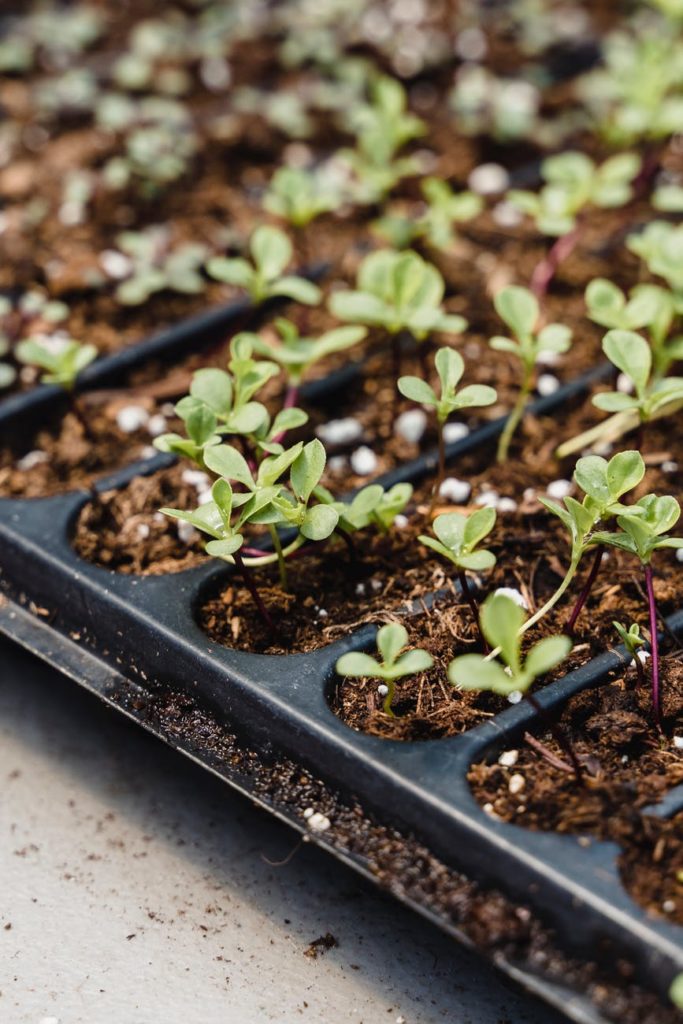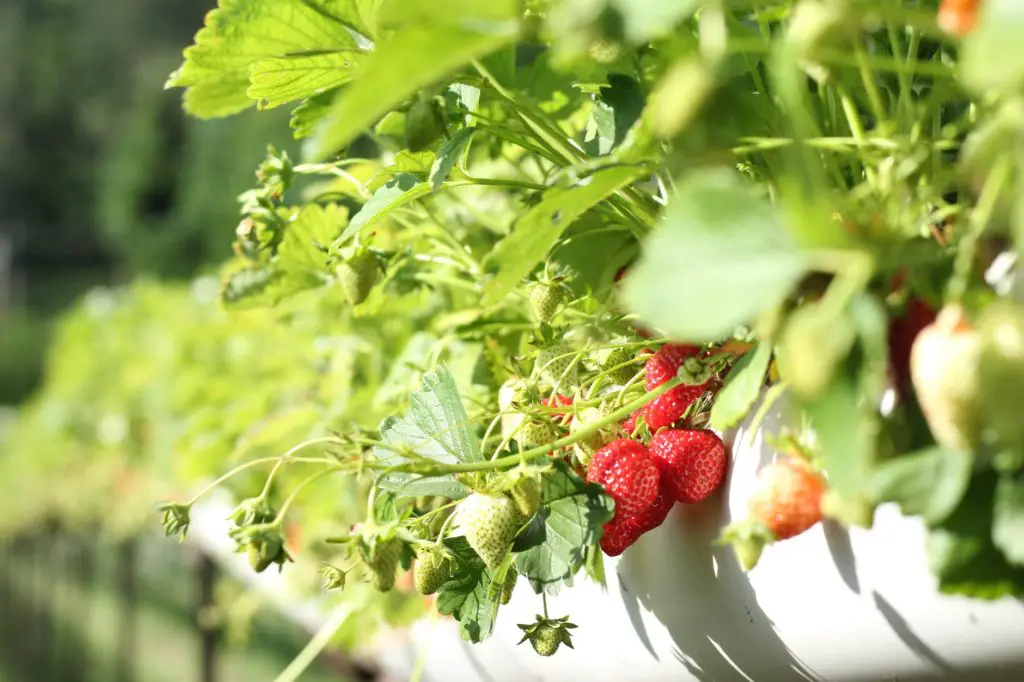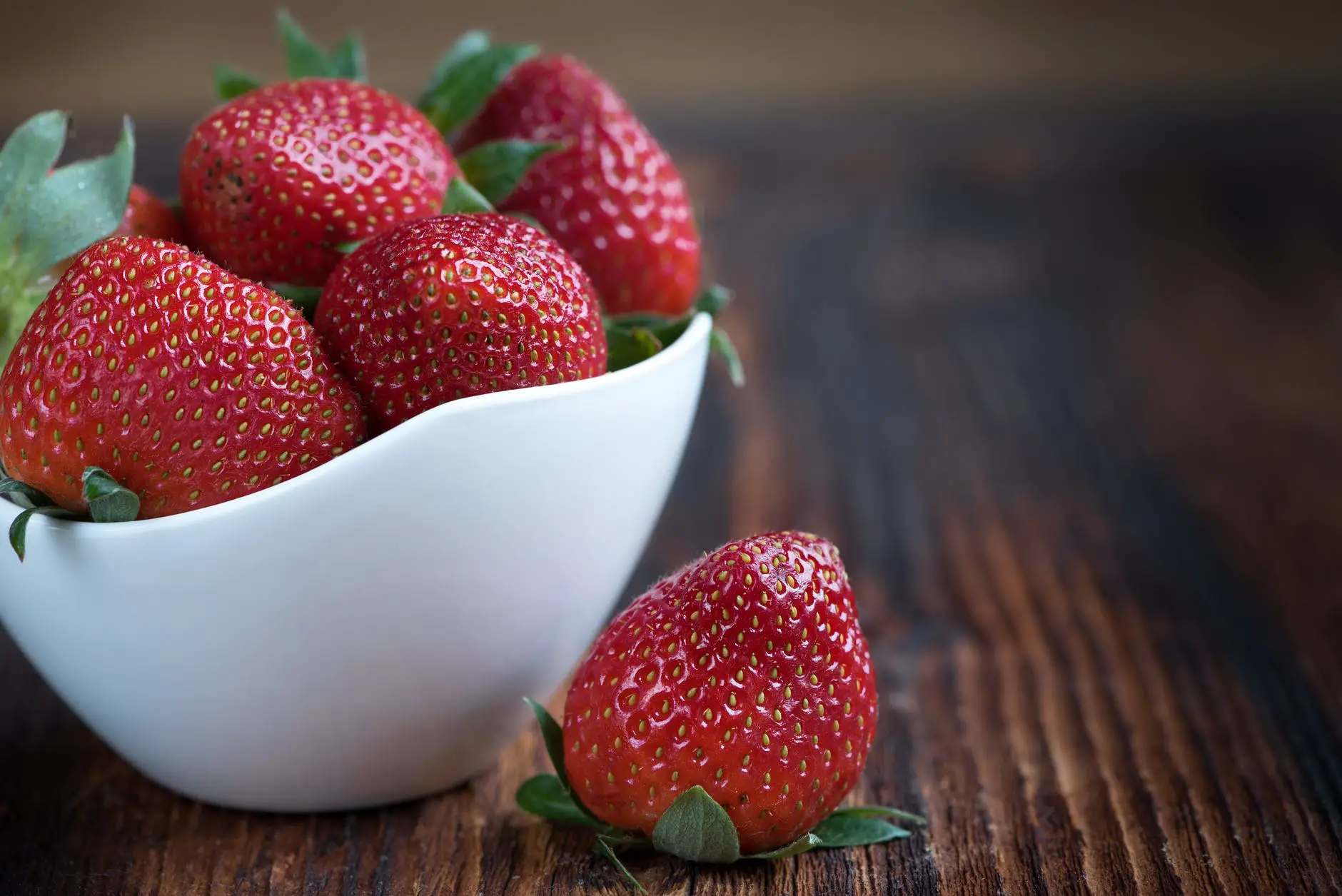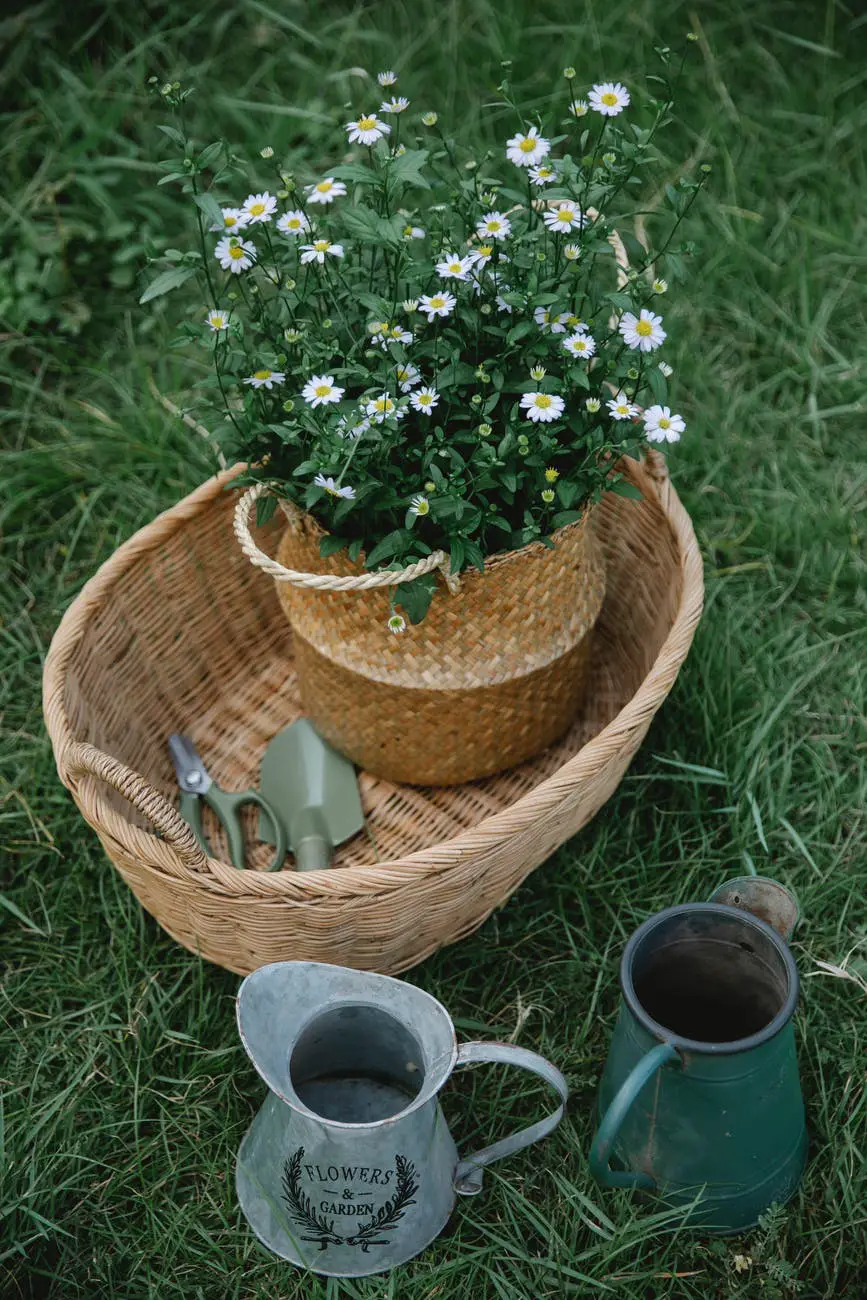Learn some essential tips to grow your own strawberries from seed; and don’t worry, with the right practice and information, anyone can grow strawberries!
Estimated reading time: 5 minutes
Most people are surprised to learn that strawberries can be grown indoors and still yield perfectly good harvests of fresh, delicious fruit. Common guidelines recommend starting all strawberries indoors, regardless of the variety, and moving them outdoors only as the weather becomes appropriate and the seedlings grow to an extent that allows them to thrive best, and in order to do that, you have to make sure that you get the planting months as accurate as you can.
Before you acquire your strawberry seeds, you should know that there are several cultivars to choose from. Most varieties of strawberry seeds available for purchase are what’s known as June strawberries, which produce one harvest of berries in the middle of the summer, but there are also Everbearing strawberries, which produce two batches of fruit – one in the summer and one in the fall – and Day-Neutral strawberries, which produce small berries in the fall and don’t depend as strongly on sunlight. However, other than the planting and harvesting periods, most strawberry cultivars operate about the same.
Most varieties of strawberries require a process known as cold stratification in order to grow successfully from seed, which may be a little intimidating for beginner gardeners, but is actually fairly simple.
In order to simulate the overwinter cold conditions that outdoor strawberry seeds would be exposed to in their natural environment, strawberry seeds must be exposed to cold for a few weeks before planting, best replicated through putting the seeds in a plastic bag and leaving them in a safe place in your refrigerator for up to one month.
Since the recommended time for planting strawberry seeds is later winter, most agree that cold stratification should begin in early January, with the seeds being taken out for planting in February. Once the seeds have stratified in the fridge, you’ll want to leave them on the counter overnight to bring them up to room temperature before you can plant them in their first indoors container, which they will be in up to the first six weeks of their life.
As with most seedlings, you’ll want the soil that you grow your seeds in to be sterile and specifically for growing seeds. Unlike many other seeds, however, strawberries actually require sunlight to germinate properly, as soon as they are planted, so it is important to cover the seeds minimally and expose them to enough light to germinate the seeds, but not so much that the young leaves die off before “true” leaves begin to come in. The seeds should be planted up to ½ inch in depth, but should not be covered, as they’ll need direct exposure to light in order to begin growing.

You may see seedlings sprout as early as one week after planting! Keep the seedlings in their original containers for the first six weeks at least, until the seedlings have gone through at least two cycles of new leaf development, at which point you can begin hardening them off to daylight.
Young seedlings grow leaves that are not yet able to survive full sunlight, which is part of the dilemma with growing plants like strawberries – they require early sunlight to germinate, but not too much sunlight that their young leaves will stunt and die off, which is a major cause of death for fragile seedlings.
The hardening off process, then, should be undertaken patiently, with the seedlings, having been transferred to their new, larger containers, being exposed to slightly more sunlight every day in half-hour increments until you believe the strawberries are ready to grow in full light, at which point you can begin leaving them exposed to natural daylight, or grow lights.
Strawberries appreciate sunlight, well-draining soil, and acidic mediums, but otherwise, they are not a very fussy plant. Because of their relatively shallow roots, they do not need much room to grow, happily thriving in window boxes and indoor plant pots as they would in a roomy garden plot.
If you intend on growing several strawberry plants in one plot or pot, make sure that each plant has approximately two feet of space from one another. Watering shouldn’t be too generous, with each plant receiving ideally one inch of water per week, and don’t expect to see strawberries within your first year – most gardeners spend the first year of a strawberry plant’s life encouraging the development of the plant itself, and not any potential fruit.
As summer passes and your strawberry may be exposed to colder climates, you might consider some methods of caring for its survival until its next summer, at which point it will likely bear you fresh strawberries.
Outdoor strawberries are best protected from frost under a layer of mulch or pine needles until spring, but one surefire method that works well to keep your strawberry plants alive is to simply move it indoors fully over the winter, which is just one more advantage to growing your strawberry plants in pots rather than gardens.

As the first year of your strawberry plant passes, your patience may well pay off: many agree that even the best supermarket strawberry is nothing compared to a fresh, home-grown berry taken off the vine.
There should be no mistaking when your plant’s fruits are ready to harvest, as they will turn bright red and plump over the summer months, likely being ready for planting around June.
When harvesting the berry from the plant, make sure to cut the strawberry off at the stem rather than yanking or pulling at it to relieve it from the plant, as that can damage the potential growth of new fruit from the same vine.
Depending on the variety you’ve chosen, your strawberries may be more sweet or more tart, but they will certainly be all yours, having been grown with your patience, resilience, and love.


